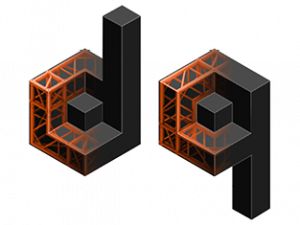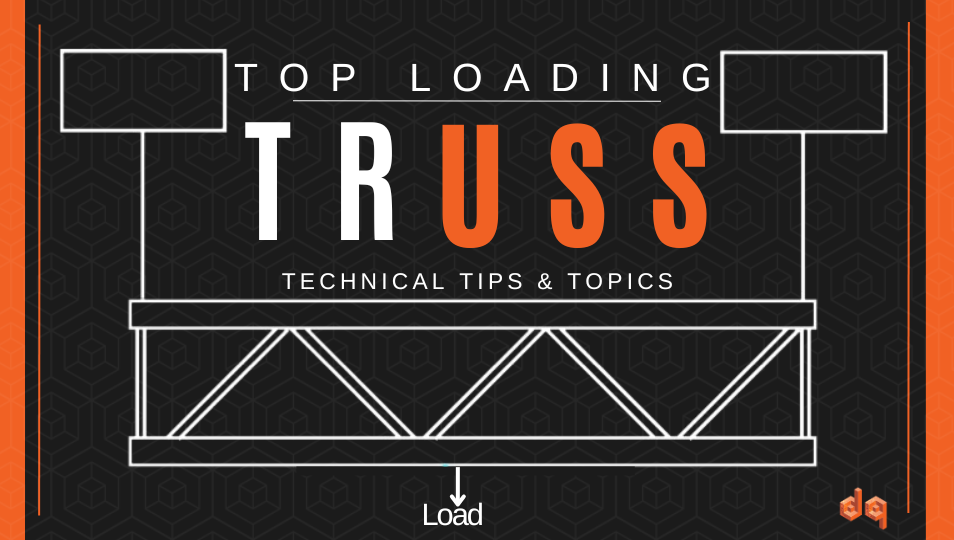Technical Tips and Topics
Welcome to 'Technical Tips & Topics,' your go-to hub for insightful guides, tips, and overviews covering a diverse array of products, subjects, and processes associated with our extensive equipment lineup.
Whether you're in the production or events sector, or simply assessing our product range to meet your business or industry needs, you'll discover these resources invaluable.
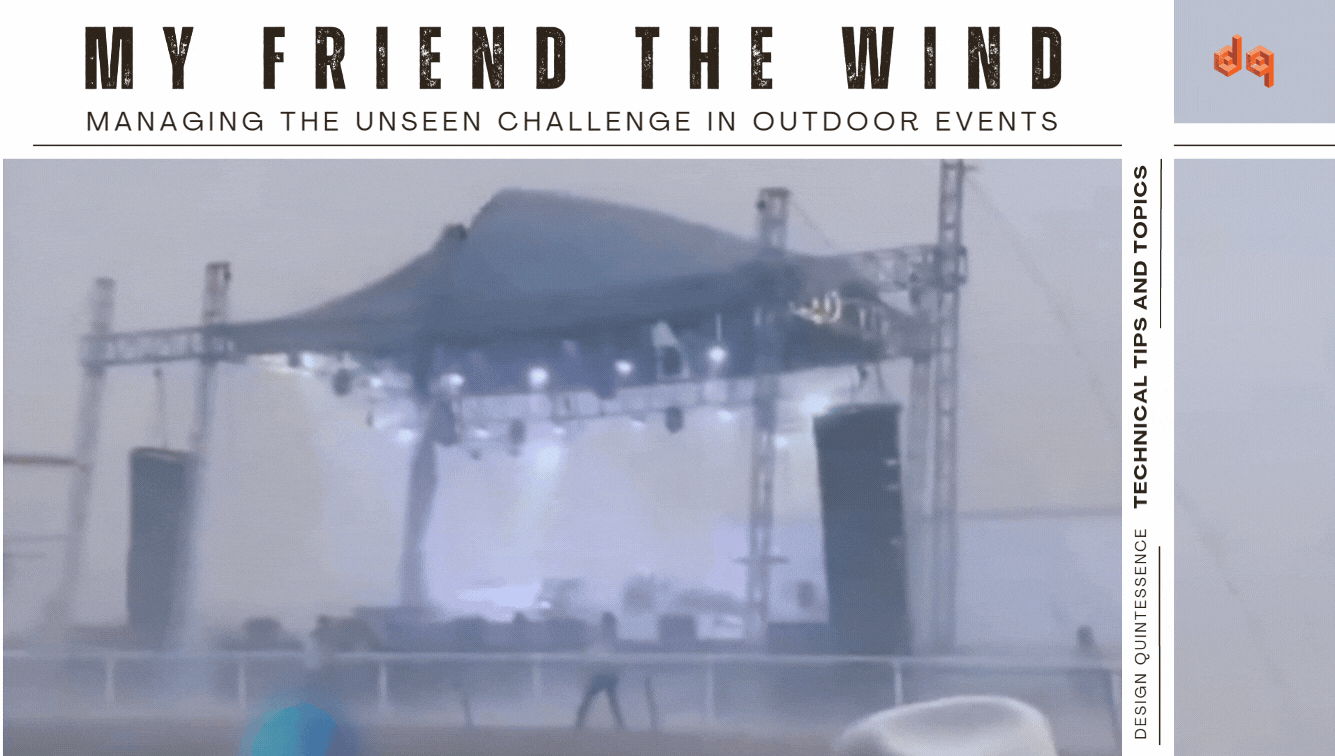
My Friend The Wind - Managing The Unseen Challenge In Outdoor Events
Understanding the forces behind wind and how to manage its impact is crucial for safety and success.
In this article, we dive into the science of wind, why it fluctuates, and how the entertainment industry navigates this invisible yet powerful challenge.
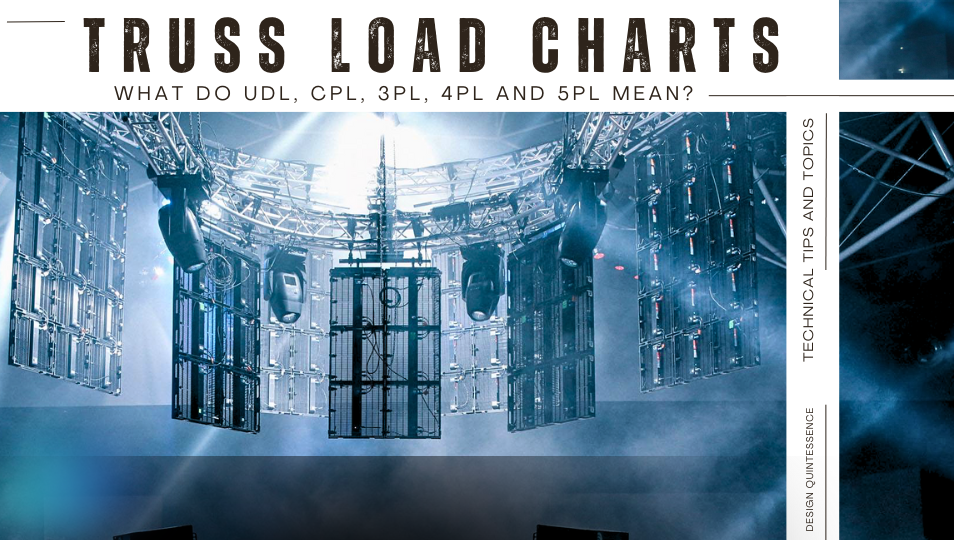
Truss Load Charts - What Do UDL, CPL, 3PL, 4PL and 5PL Mean?
Truss load charts can be tricky to interpret, filled with numbers and acronyms like UDL, CPL, 3PL, 4PL, and 5PL.
This article explains what these terms mean, how they affect load distribution, and how to use the charts to estimate truss suitability.
It also highlights their limitations, emphasising the importance of engineering approval for complex setups.
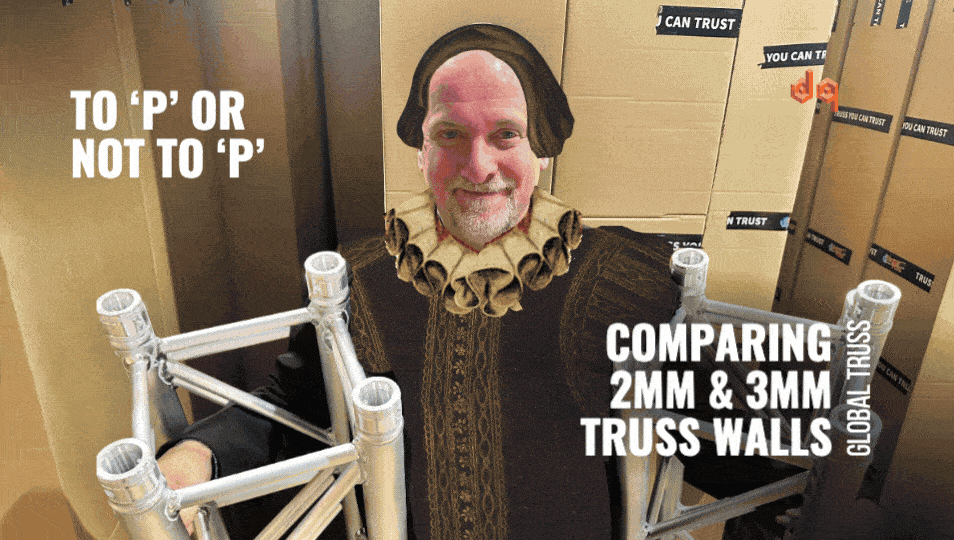
To 'P' Or Not to 'P': That is the Question? Comparing 2mm & 3mm Truss Wall
Whether you need higher load capacity, are considering weight and handling, or balancing your budget, this guide lays it all out clearly. Plus, with DQ carrying the largest range of Global Truss in the country, you’ll know exactly what’s in stock and available.
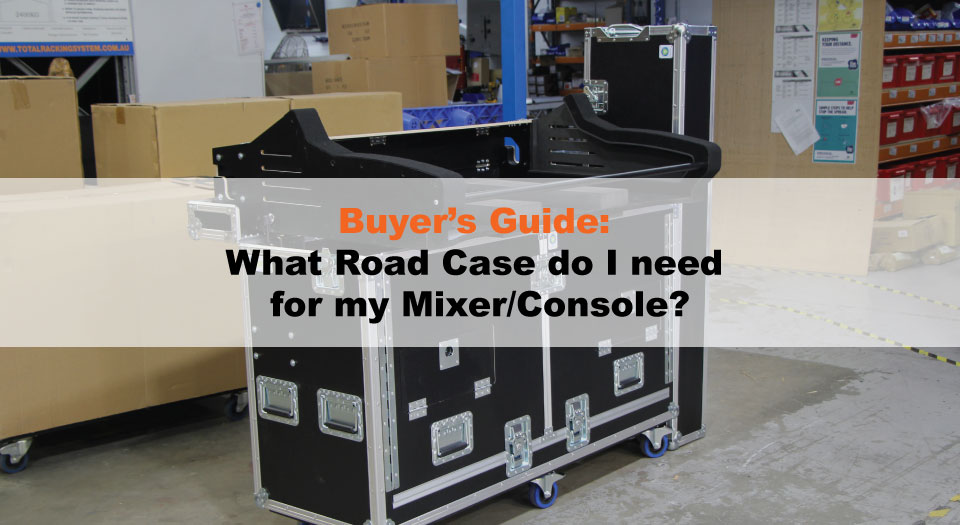
DQ's Buyers Guide: What Mixer/Console Case Do I Need?
Choosing the right road case for your mixer/console heavily depends on factors such as size, weight, usage, monitors and more.
Design Quintessence offers flexibility and personalisation when it comes to the design of your road case to contribute to efficient use and safety of your equipment during transit and while in use. With each little configuration done on the case to your preferences, it can enhance performance, increase longevity and safeguards your investment.
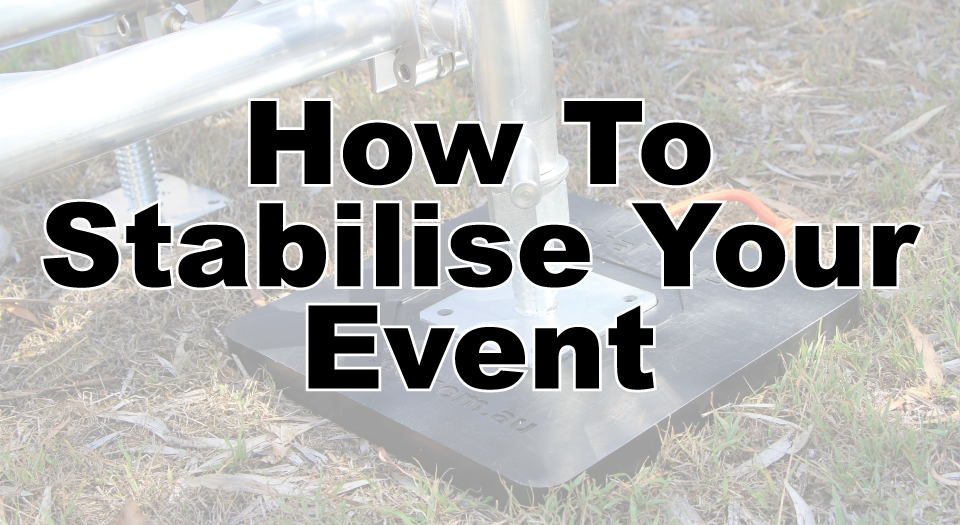
How To Stabilise Your Event
Load distribution pads are commonly used in the entertainment and production industry to provide a stable and level support base for heavy equipment, such as lighting rigs, sound systems, and stage platforms.
The industry often requires the use of large, heavy equipment that needs to be placed at a height or elevated position for optimal performance.
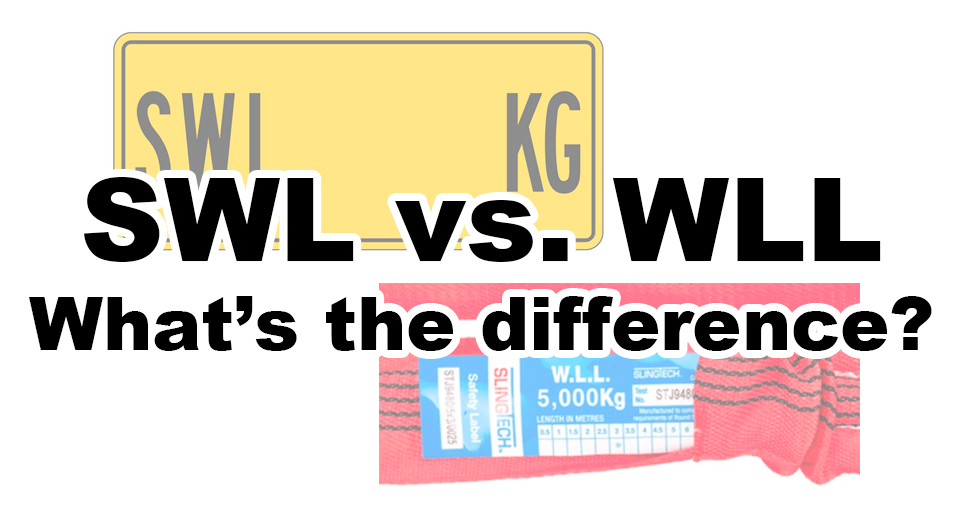
SWL vs WLL – What’s The Difference?
In the world of rigging equipment, you will often hear the acronyms WLL, SWL, MBL/MBS/MBF.
What do they mean, and which one should be used?

What stage should I use for my school?
When looking for a portable stage solution for a school or educational institution, we recommend considering the four ‘S’ Principles – Safety. Speed. Stack Size. Supplements.
Our GT StageDecks are the perfect portable/modular stage system solution for schools!
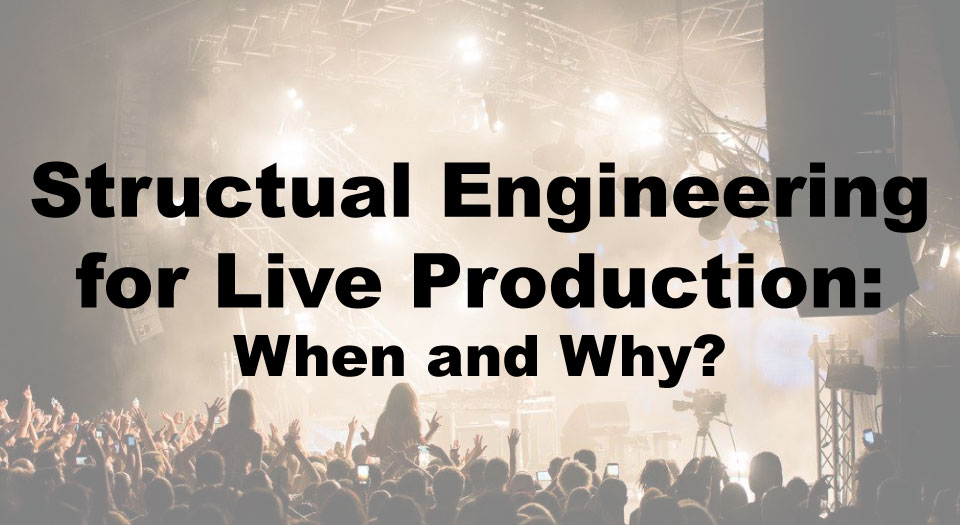
Structural Engineering for Live Production: When and Why?
We’ve all seen production truss load tables before. At the very least, they provide allowable Centre Point Load (CPL) and Uniformly Distributed Load (UDL) for given spans. Typically, these are values calculated by a suitably qualified Engineer contracted by the truss manufacturer.
So, at what point do we need to engage an engineer to sign off?
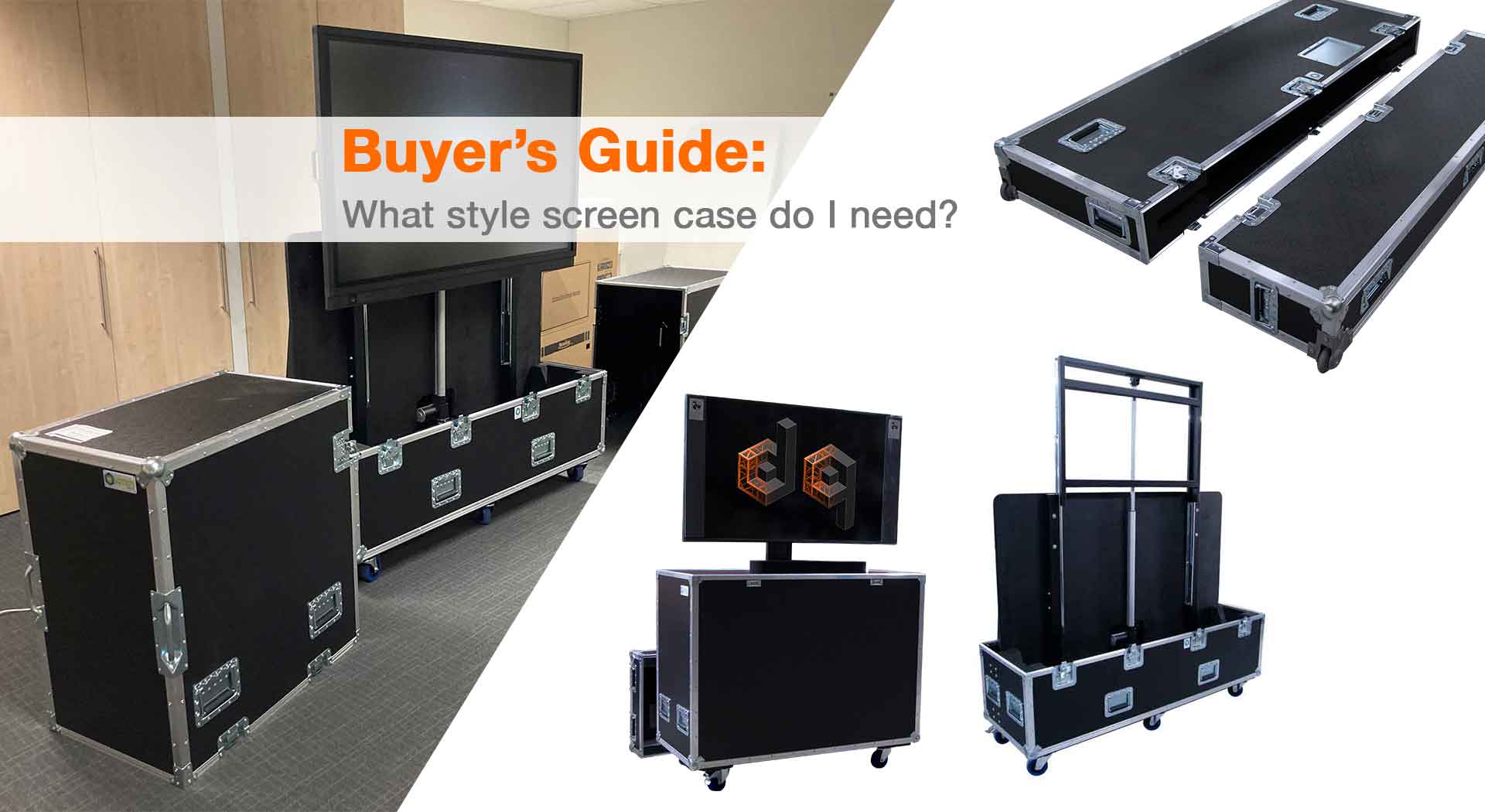
DQ's Buyers Guide: What Protective Screen Case Do I Need?
There are a handful of factors when considering your next screen case investment; affordability, reliability, useability and size.
Design Quintessence offers a wide range of screen cases to protect monitors, TV’s and commercial LED screens. Each case style is designed to suit specific application scenarios and our local Design and Manufacturing Team makes sure each customised case is specified and built to order.
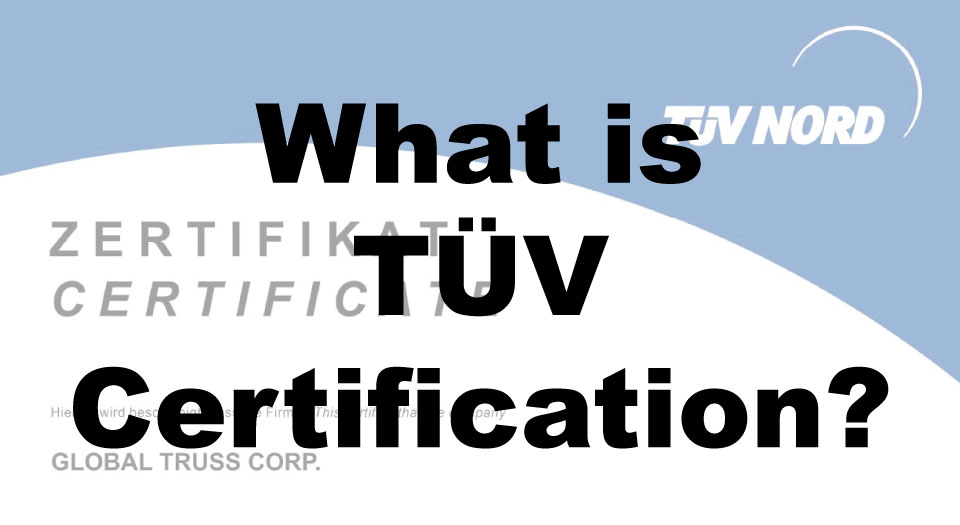
What is TÜV Certification and Why is it important?
TÜV is short for “Technischer Überwachungsverein” or, translating into English, “Technical Inspection Association.” WikiPedia describes them as “internationally active, independent service companies from Germany and Austria that test, inspect and certify technical systems, facilities and objects of all kinds in order to minimise hazards and prevent damages.”
The certification is internationally recognised and accepted as minimum standards for structural and electrical product safety.

Diamonds are NOT a truss' best friend
Box truss is a versatile tool in the entertainment industry. It is light, configurable in many ways, and able to carry heavy loads. That said, it does have its drawbacks as well. When the load that needs to be supported from the truss must be centred it can be difficult to achieve.
One method that is often proposed is hanging the box truss in a “Diamond” hang so that the load can attach to the lowest chord at the centre, in line with the rigging supports above. The question is, is that safe to do?
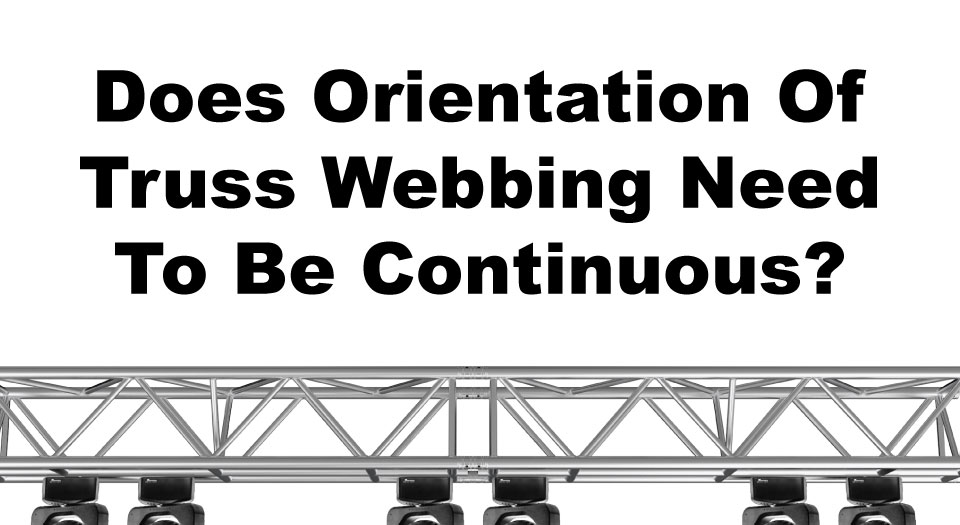
Does Orientation of Truss Webbing Need To Be Continuous?
A question that comes up regularly is if, when connecting truss together, should the diagonal bracing in lighting truss form continuous triangles?
Or 'How important is continuity of truss diagonals?'
This article explains the of orientation of diagonal bracing in truss that you might need answers to.
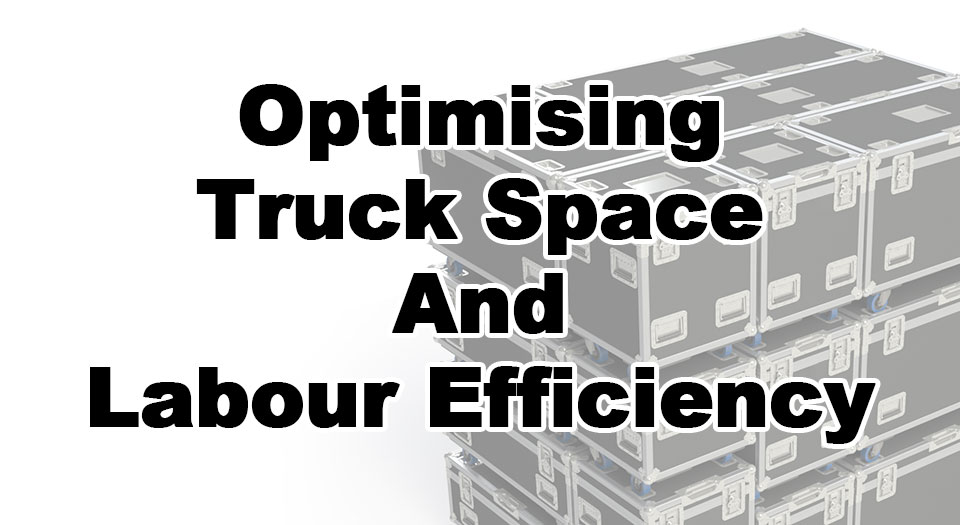
How to optimise truck space and labour efficiency
We all know the importance of getting a truck pack right for all those who have ever had to load and unload a truck. An extensive selection of “truck-friendly” road case sizing goes a long way to getting the truck pack right the first time.
In addition, in an industry where staff numbers have been depleted by the pandemic, with some, sadly, never to return, businesses must improve their labour efficiencies.

Multi-Point Rigging: It's Not So Simple
The LED screen is up, the gig is on track, when suddenly the event manager asks if it can be a little bit bigger. Sure, why not, it’s just a few more panels. A quick calculation of the new load and we’ll just add another hoist in the middle because we were already at the limit of the two hoists on the hang.
But wait, have you considered the load distribution? If two 500kg hoists give you 1000kg of lifting capacity, can three 500kg hoists give you 1500kg?

How To Choose The Right Chain Hoist Control System For Your Set Up
Basic VS Advanced Controllers and Beyond The first step in choosing a chain hoist controller or designing a control system is understanding the range and capabilities of controllers that are available. The controller you choose should be dictated by the needs of the job.
A simple rule is that you should only ever need 1 run button to control your hoists. If you find yourself needing 3 hands to run all the hoists on a job, then you need either a larger basic controller or an advanced controller.
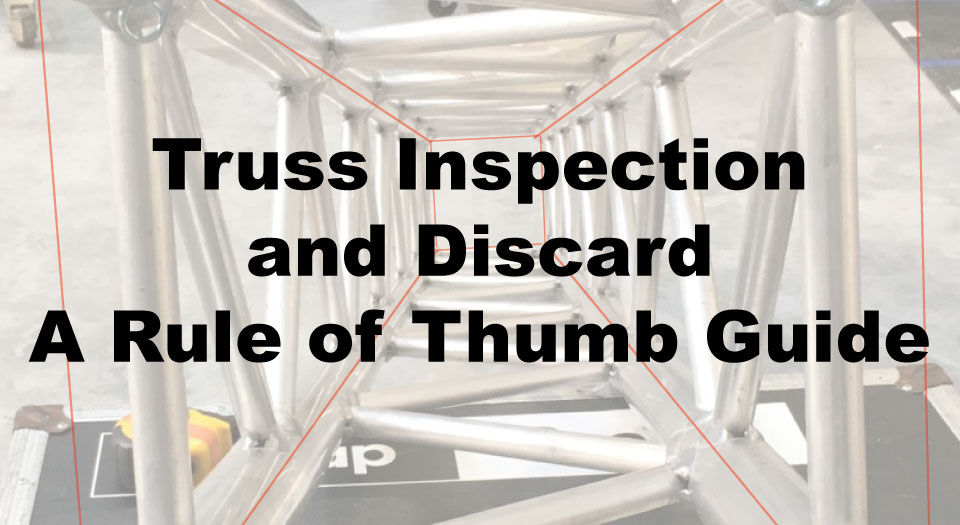
Truss Inspection and Discard – A Rule of Thumb Guide
Truss is a workhorse of our industry that gets used (and sometimes abused) regularly on events which will inevitably lead to damage and wear. So how do you know when a piece of truss is no longer safe for use? How often do you need to inspect it? This guide will cover some general rule of thumb tips for inspection and discard of truss as well as guidance on when the truss should be inspected.
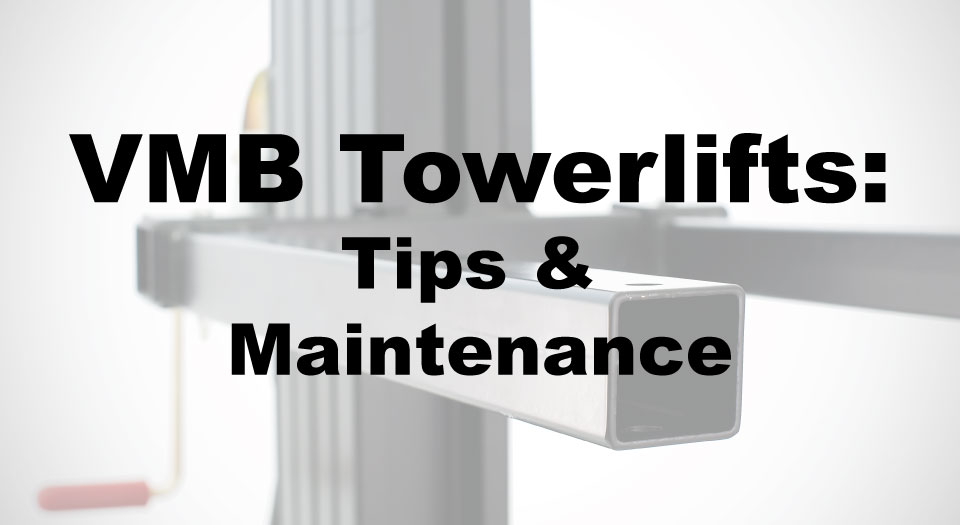
VMB Towerlifts: Tips and Maintenance
Towerlifts are a very useful tool in the entertainment industry to allow us to hold truss or lighting up in places where there are no easy rigging points. There are some practical considerations that we should be aware of to ensure that the lifts operate correctly, and so that the setup is safe.
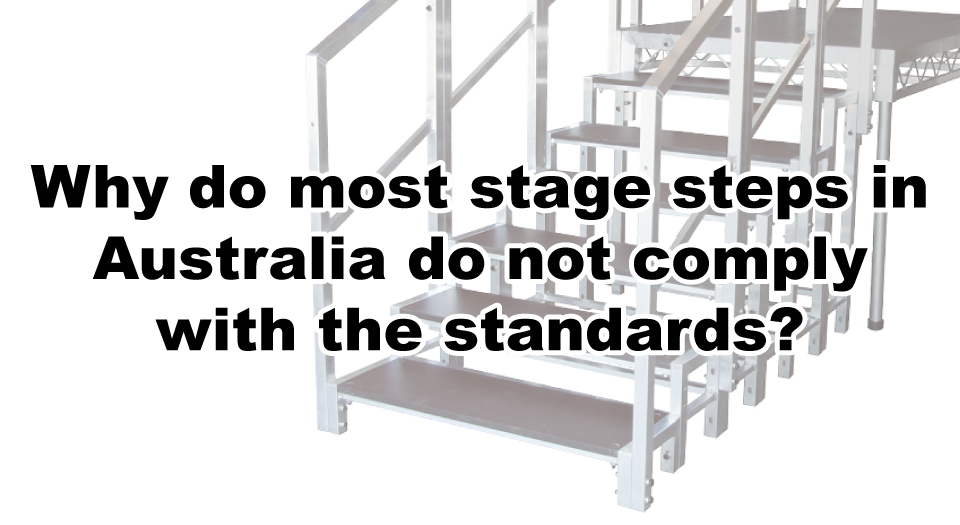
Why do most stage steps in Australia do not comply with the standards?
Maintaining consistent height in steps is critical for several reasons related to safety, ergonomics and usability.
Ensuring consistent step heights reduce the risk of tripping and falling. When steps have varying heights, individuals may misjudge the height, leading to stumbles or falls.
